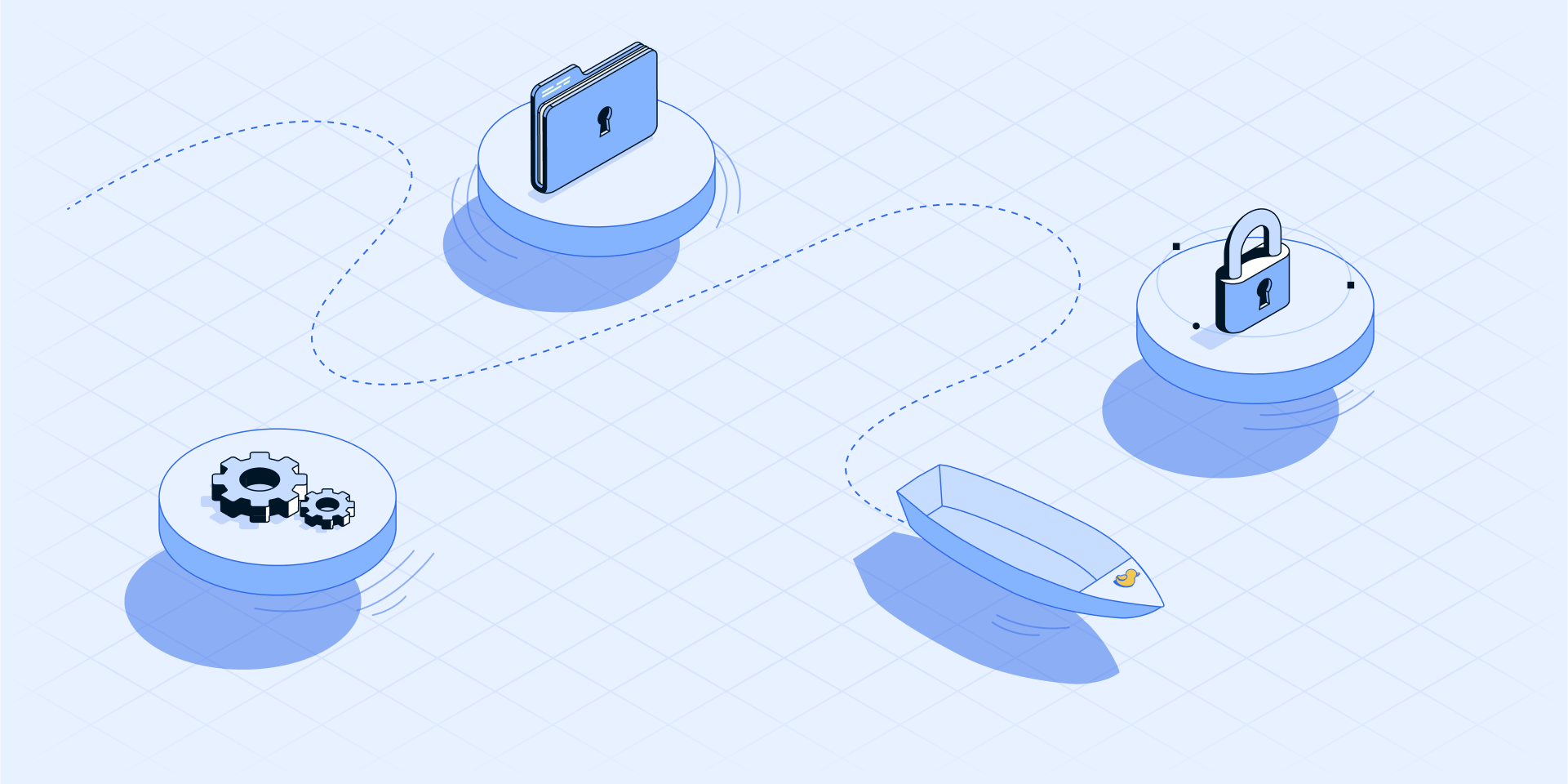In the ‘60s, they called the HR function “personnel.” Nowadays some companies call it “human capital management” or “people operations.” Whatever the name, HR is at the heart of every business. It is “an incredibly multidisciplinary endeavor,” according to the Society for Human Resource Management (SHRM).
No surprise, then, that data analytics based on HR data is also incredibly multidisciplinary.
What is HR analytics?
HR analytics refers to a set of methodologies and technologies for collecting, transforming and normalizing HR data to derive insights used to inform business decisions.
Also known as people analytics, it encompasses a wide range of data collection and analysis practices. This includes analyzing time to hire in order to accelerate recruiting, measuring most common reasons for turnover, or assessing employee engagement with upskilling programs by region and job function.
To produce the best results, HR analytics depends on a wide range of data sources and HR applications. Today, most companies use cloud-based human capital management (HCM) systems or human resources information systems (HRIS) such as Workday, ADP, BambooHR, and Gusto to support the HR function. Other cloud applications, such as SAP SuccessFactors, Qualtrics EmployeeXM and Lattice, focus more narrowly on particular HR tasks like performance management, employee engagement, compensation management, learning management and offboarding.
Ideally, a robust HR analytics system would incorporate data from all of these systems in order to give HR and executive leaders the ability to see data in a comprehensive manner.
To get a holistic view of how HR impacts the business, companies also have to assess HR data in context with the business’ other systems, from payroll to point of sale. That means making sure that reporting tools have the ability to incorporate financial metrics and other business data, as appropriate.
Key HR analytics applications
Here are a few examples of how HR analytics can be used:
- Time to hire analysis: How long does it take to hire a new employee? Is your company hiring people rapidly enough to support its growth goals, especially when you take into account turnover rate?
- Comparative compensation ratio analysis: When evaluating and leveling employees’ salaries and equity to set amounts for hiring and pay raises, businesses compare data about internal compensation to current market data to benchmark their competitiveness.
- PTO, overtime, and absentee analysis: Data shows companies whether or not employees are taking advantage of PTO, whether they’re showing up to shifts on time, how often they’re calling in sick, and whether overtime is being used appropriately. The information can be used to adjust policies and also to identify specific problem areas.
- Feedback management: Surveys and Net Promoter Scores quantify company performance from new hires and current employees. Data from learning management systems and benefits platforms can be used to gauge employee engagement levels.
- Performance management: Annual or semi-annual reviews are built on aggregated data. HR analytics can answer specific questions about employee performance, employee sentiment and general productivity measures across your workforce.
- DEI metrics: Success in diversity, equity and inclusion (DEI) policies depends on measurement, which depends on data insight. How are different demographics represented in your workforce? Do they get hired or promoted at the same rate, or does the data show that some demographics have a harder time?
- Compliance: HR data can be used to measure adherence to laws concerning equal opportunity, sexual harassment, work safety and so on, as well as meeting regulatory requirements like SOC 2.
Beyond the dashboard
Most of the systems and tools that allow businesses to manage HR data provide some kind of HR dashboard or management reports for viewing HR metrics. Smart companies use that data to both see how HR is doing and plan for the future. But these dashboards are only the start.
While the information from any one system is useful, it can only tell part of the story. Remember the tale of the blind men and the elephant, in which each person gets a different impression depending on just what’s in front of him? Each HR system is like that — it shows great details about part of the picture, but to understand the bigger issues at hand, you need a fuller view. That’s where integrating data can help.
With all the data in one place, you can join relevant information from varied sources that share common characteristics (such as an employee’s name or a job title) and draw better conclusions from having access to a broader range of information.
To do that, most companies will choose a data integration or data replication strategy to move data from their various HR and other business systems into a central data warehouse. From there, you can use business intelligence (BI) software to generate insights that span multiple applications.
Better analytics can make an immediate positive impact in the HR department, but the benefits don’t end there. Each organization is an amalgam of interlocking departments. HR analytics, in making HR better, is really about making the business better. It’s no wonder executives deem HR data analytics a high priority.
Visit our connector directory for updated lists of applications, databases, events, files, and more and start your free 14-day trial with Fivetran today.













.svg)
.svg)
.svg)